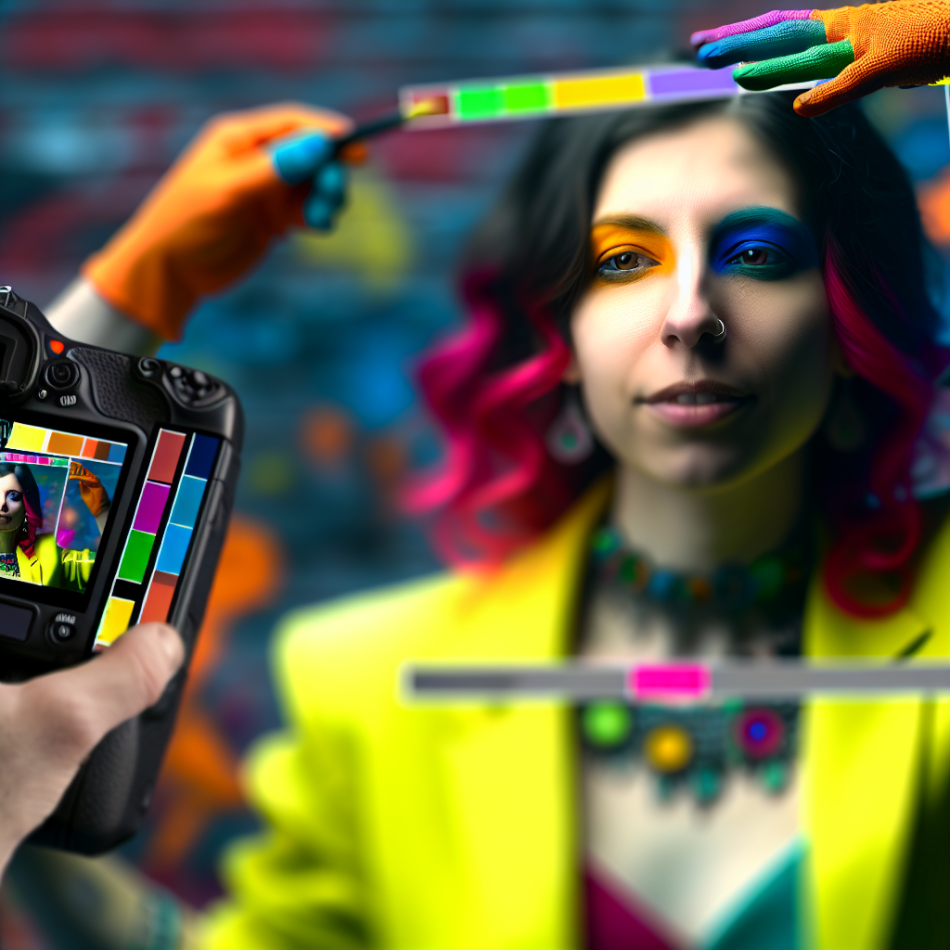The Underrepresentation and Misrepresentation of Neurodivergent People in Media
Neurodivergent individuals, including those with autism, ADHD, dyslexia, or other neurological differences, remain starkly underrepresented in mainstream media. When they do appear, portrayals often rely on tired stereotypes that perpetuate misunderstanding and stigma. This article explores the gaps in representation, the harm caused by caricatured depictions, and the urgent need for authentic, nuanced storytelling that reflects the diversity of human minds.
The Current State of Neurodivergent Representation
Despite approximately 15-20% of the global population identifying as neurodivergent, media visibility remains disproportionately low. A 2022 study by the National Autistic Society found that only 5% of UK TV programmes featured autistic characters—and over half were depicted as either “genius savants” or “tragic figures”. This scarcity reinforces the idea that neurodivergence is niche or abnormal, rather than a natural variation of human experience.
The problem extends beyond quantity. Many existing portrayals lack input from neurodivergent writers, actors, or consultants. Characters are frequently reduced to plot devices: the socially awkward sidekick, the childlike innocent, or the inspiration for non-disabled protagonists. Such tropes erase the complexity of lived experiences, flattening individuality into clichés.
Stereotypes That Perpetuate Stigma
Three harmful stereotypes dominate neurodivergent representation:
- The “Quirky Genius” Trope: Think Sherlock Holmes’ hyper-observance or Rain Man’s mathematical brilliance. While some neurodivergent people have exceptional talents, framing this as a universal trait implies their worth is tied to productivity—not humanity.
- The “Burden” Narrative: Stories often centre on how neurodivergence impacts caregivers, romantic partners, or colleagues, positioning it as a tragedy to be “overcome”.
- Infantilisation: Adult neurodivergent characters are rare. When shown, they’re often desexualised or denied agency, reinforcing the false notion that neurodivergence equates to incompetence.
These stereotypes don’t just misinform—they shape public attitudes. Research by Scope UK reveals that 43% of disabled people feel media portrayals directly contribute to societal discrimination.
The Ripple Effect of Misrepresentation
Inaccurate media depictions have real-world consequences. For neurodivergent audiences, seeing only caricatures can fuel internalised shame or imposter syndrome. A 2023 survey by ADHD UK found that 68% of respondents felt media stereotypes delayed their diagnosis, as they didn’t “match” the extreme examples on screen.
For non-neurodivergent viewers, limited exposure breeds ignorance. Without nuanced role models, assumptions go unchallenged: that stimming (repetitive movements) is disruptive, that non-speaking people lack intelligence, or that neurodivergence is a monolithic experience. This fuels workplace discrimination, educational barriers, and social exclusion.
Breaking the Mold: Examples of Authentic Representation
Progress is emerging. Shows like Heartbreak High (Netflix) and Everything’s Gonna Be Okay (Freeform) feature autistic characters played by autistic actors, with storylines that prioritise autonomy over pity. Podcasts such as The Neurodivergent Woman amplify firsthand perspectives, while documentaries like The Reason I Jump centre non-speaking voices.
These examples share key strengths:
- Collaboration with neurodivergent creators at all production stages
- Portrayals that acknowledge challenges without pathologising identity
- Diverse representations across age, gender, race, and coexisting conditions
Such authenticity resonates. The BBC’s Inside Our Autistic Minds, co-produced by autistic filmmaker Chris Packham, drew praise for its intimate, humanising approach—proving demand for content that respects audience intelligence.
Moving Forward: A Blueprint for Inclusive Storytelling
Systemic change requires commitment from media gatekeepers. Key steps include:
- Hire neurodivergent talent: From writers’ rooms to casting calls, lived experience must inform portrayals.
- Diversify narratives: Show neurodivergent people as heroes, villains, lovers, and leaders—not just victims or mentors.
- Challenge inspiration tropes: Avoid reducing characters to lessons for others; let their stories exist for their own sake.
- Normalise accommodation: Depict tools like noise-cancelling headphones or communication devices without fanfare.
Audiences also play a role. Supporting indie creators, criticising harmful tropes, and demanding better representation pressures the industry to evolve.
Conclusion: Representation as a Catalyst for Change
Media shapes how society perceives neurodivergence—and how neurodivergent people perceive themselves. While stereotypes persist, growing awareness and advocacy offer hope. By centring authentic voices, rejecting reductive narratives, and embracing neurological diversity as a creative asset, the media can move from exclusion to empowerment. The result? A cultural landscape where every mind sees itself reflected, not as a caricature, but as a fully human story worth telling.
